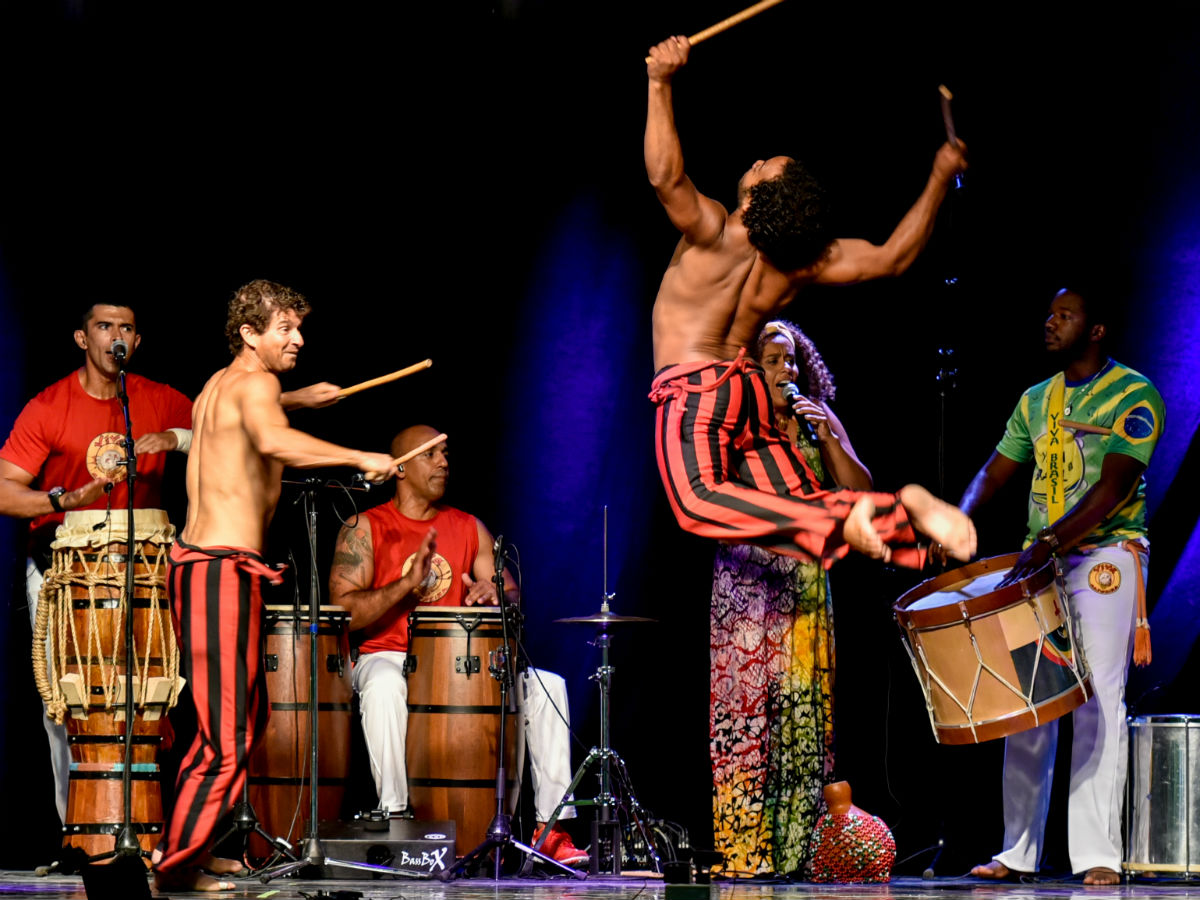The world’s largest and longest-running multicultural festival will once again take over Winnipeg from August 6 to 19.
For nearly half a century (it all stared in 1970), Folklorama has provided a showcase for so many nationalities that make up our great city.
When you consider that within Winnipeg more than 100 languages are spoken, you are going to find yourself having one worldly experience throughout Folklorama’s two weeks, as 41 pavilions will be sharing the joys, histories and customs of their country’s cultures through music, dance, and food.
From Belgium to Brazil, Croatia to Cuba, Ethiopia to Indochina, Israel to Ireland, Scandinavia to the South Sudan, you’ll find yourself whisked off to a foreign land when you enter a pavilion. On any given night, you literally can take yourself on a mini tour around the world without leaving Winnipeg.
What you’ll experience
Culinary, dance and culture enthusiasts are all in for a treat during Folklorama.
Within a few hours a dance fan could take in a capoeira performance at the Brazilian Pavilion, experience all the merriment that is Greek Kefi dancers and plate smashing at the Greek Pavilion, and see a cueca performance (with all its heel tapping, hat-wearing bravado) at the Chilean pavilion (which must be followed by learning to cut a rug of your own to the sounds of Descarga Latina).
Many of the pavilions bring in dance champions and award-winning performance groups from their respective countries (to compliment all the Winnipeg-based talent), while most host countries invite guests to get in on the action by learning the moves of their motherlands.
All in all, Folklorama puts that new Wold of Dance show to shame, as you really are getting representation from across the globe and you don’t have to deal with all that painful over-the-top production (sorry J-Lo!).
For foodies, treating Folklorama as a food and drink crawl is a must. Open up your culinary horizons by spending a night going from the seafood and piri-piri pork of Portugal (all washed down with bottles of Super Bock beer), to some pljeskavica and plum brandy from Serbia, to a plateful of Mola Bamiya – the signature dish of the South Sudan.
You can grab a handful of injera then getting dipping like you would in Ethiopia, marvel at all the masalas and imported rum at the Punjab Pavilion, and grab glass of sangria and pile of paella at the Spanish Pavilion.
On top of this, the majority of the pavilions sell imported ingredients shipped straight from the homeland, meaning you can expand your culinary output in your own kitchens (and hint: if you find a dish you truly can’t get enough of, ask the cooks how they made it and what they used – often they are more than happy to share a recipe or two).
For epicureans, it really doesn’t get much better.
Of course, Folklorama is also a great experience for families – especially for parents when you consider that children 12 and under get in free to all the pavilions (limit of five kids per adult).
Your kids will love all the performances, while exposure to so many cultures will be a great educational experience.
Getting around
Just like globe-trotting itself, there are so many ways to traverse all that is Folklorama.
A great choice is to take a guided tour with the Folklorama organization itself, as they provide numerous deals and tours tailored for both individuals and groups.
Folklorama provides three VIP Tours – the World Tours, Party Tours and Cycle Tours – while you also can customize your own experience. All three main tours get you into two or three pavilions (all while avoiding any possible lines), reserved seating with table service, meals at each stop, and great seats for all the entertainment. The World Tour ($69.95 for three pavilions, $54. 95 for two) also gets you air conditioned transportation between stops.
For more on Folklorama’s customizable tours, along with all the other info on tickets, times and more, click here.

